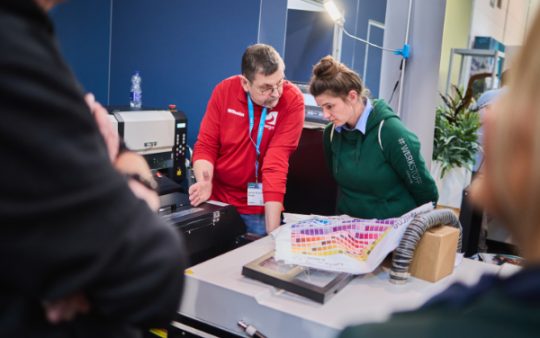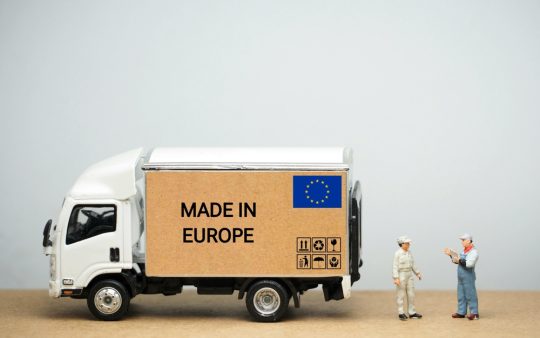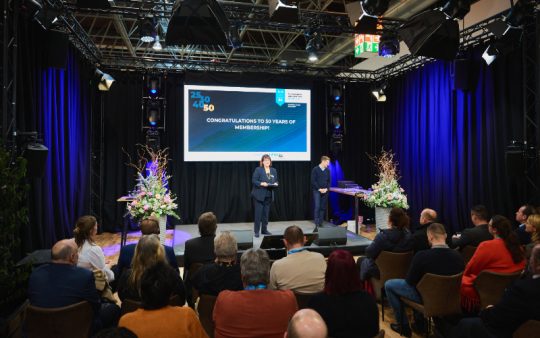When paper grows on meadows

Published on 09.03.2020
Grass might replace wood as a primary fibre material in the long term. This would improve the eco balance. CREAPAPER is finetuning products and processes.
CREAPAPER, the company from the German state of North Rhine-Westphalia, has a vision: achieve the highest ecological effect possible internationally by developing and using grass-based paper. The company is working hard on decisively changing the input material for the millennia-old tradition of papermaking and turning grass – alongside cellulose and waste paper – into the third most important raw material in paper production worldwide.
Currently, however, things do not work entirely without wood yet. At present, grass paper still contains a minimum of 50% fresh wood fibre. Nevertheless, the final product boasts an impressive eco-balance. The production of one ton of grass fibre only requires 2 litres of water. Compared to this, the preparation of wood pulp requires 6,000 litres per ton not forgetting the chemicals that are indispensable to this process. In contrast to this, the processing of grass fibre is a purely mechanical process and does without any chemicals. CREAPAPER saves a total of some 75% CO2 emissions in raw material production. Next to the ecological aspect grass is also a significantly cheaper raw material than wood-based cellulose. The grass is dried, cut, ground and then compacted into pellets. These can then be used as an input material for industrial paper production and processed with either wood pulp or waste paper.
Grass paper
is suited for manufacturing food, cosmetics & drugstore item packaging; but
it can also be used in the graphics industry. Labels, displays, business cards
or brochures made of grass paper are perfectly suited for digital and offset
printing. In addition to large volumes for web printing it is also available in
a sheet format of 70 x 100 cm with surface weights of between 70 g/m² and 300
g/m². It is characterised by a distinct, slightly rough touch and a
cream-coloured to pale greenish shade. Grass paper is recyclable, compostable
and certified and approved for use in the paper and packaging industries.
Pelletized grass fibre can be processed in the paper industry with the existing
machinery without any modifications or additional equipment.
At the present point in time, sourcing sufficient amounts of hay is the
decisive issue. Since the company produces the grass fibre from hay, production
is independent on weather conditions and the raw material is available all year
round. Current capacities are geared to 100,000 tons of grass paper per annum
and will be increased by an additional 70,000 annual tons in autumn 2020. EU
grants will help to make CREAPAPER mobile in future so that the raw material
production can in part be relocated from the factory to the field.
Beyond its role as a raw material supplier to the paper industry, CREAPAPER views itself as a partner for agencies and brands. At the in-house graphics department the company supports the production of print products according to specs as well as the development of new ideas and designs. Here production focuses on “mailing enhancers” and the portfolio includes other creative solutions apart from grass paper. One product, for example, contains germinable seeds. To have advertising messages “blossom” adequately there are more than 130 different plant species available as seeds – also in an organic quality – and concealed between two layers of paper. A simple mailshot – when opened, covered with soil and watered – will unfold its sumptuous blossoms creating positive memories for its receivers with this “added value”.


Bilder:
Aniket Bhattacharya unsplash.com (Gras) & Creapaper














